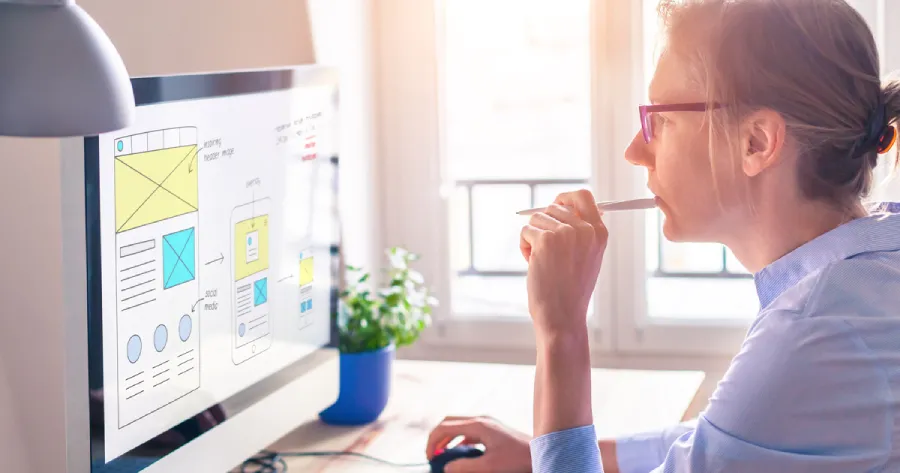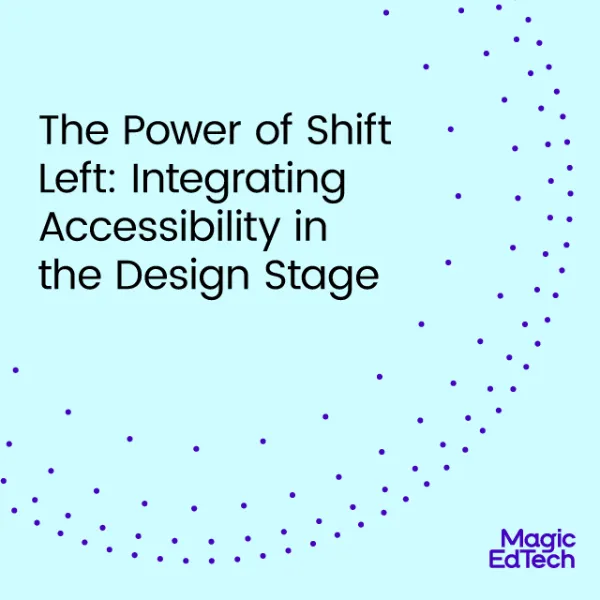The Power of Co-Creation: How Involving People with Disabilities in Product Development Drives ROI
- 18 May, 2023
- Reading Time: 3 mins
In the ever-evolving landscape of product development, diversity and inclusion have recently taken center stage. Companies are realizing that involving people with diverse perspectives and backgrounds in the development process can help them create products that are more innovative, effective, and user-friendly.
While progress has been made, there remains an untapped potential in product design: the inclusion of people with disabilities. Despite the fact that people with disabilities make up a significant portion of the population, their needs have often been overlooked, resulting in frustration and exclusion.
However, there is a growing movement towards co-creation – the practice of involving users in the development process – as a way to ensure that products are designed with the needs of all users in mind. By involving people with disabilities in product development, companies can create products that are more accessible, user-friendly, and effective. But beyond the ethical imperative to include all users, there is also a compelling business case for co-creation with people with disabilities.
Discover the transformative potential of inclusive design. Here are 4 ways involving people with disabilities in product development can drive ROI and unlock new opportunities for your business.
1. Increased innovation: Incorporating the perspectives and experiences of people with disabilities in product development can have a significant impact on a company’s return on investment. By embracing this approach, businesses can unlock a plethora of innovative ideas and solutions that might have otherwise gone unnoticed. In fact, the World Health Organization conducted a study that revealed how involving people with disabilities in product development can lead to “innovative and novel solutions that have the potential to improve accessibility and inclusion for all individuals.”
2. Improved usability: Products that are designed with the needs of people with disabilities in mind are often more user-friendly and accessible to all users. By identifying and addressing the barriers faced by people with disabilities, companies can improve the usability of their products and increase customer satisfaction. According to the World Health Organization, up to 16% of the world’s population experience some form of disability, meaning that making products more accessible can potentially improve the lives of hundreds of millions of people.
3. Expanded market: People with disabilities represent a significant and growing market, with an estimated spending power of over $1 trillion globally. By creating products that are inclusive and accessible, companies can tap into this market and increase their revenue. Additionally, a study by Accenture found that companies that prioritize disability inclusion are more likely to attract and retain talent, which can further boost their bottom line.
4. Reduced risk: Developing products that do not prioritize accessibility can result in legal and regulatory challenges and negative publicity. However, by involving people with disabilities in product development, companies can mitigate these risks and ensure that their products comply with accessibility standards. For example, in 2019, a class-action lawsuit was filed against Beyoncé’s company for failing to make its website accessible to people with visual impairments. By taking steps to ensure accessibility during the product development process, companies can avoid these types of legal challenges and associated costs.
Overall, co-creation with people with disabilities can be a powerful way for companies to drive ROI while also creating more inclusive and effective products. By involving users in the development process, companies can tap into new ideas, improve usability, expand their market, and reduce risk. As the importance of diversity and inclusion in product development continues to grow, co-creation with people with disabilities will become an increasingly important tool for companies that want to stay ahead of the curve.






